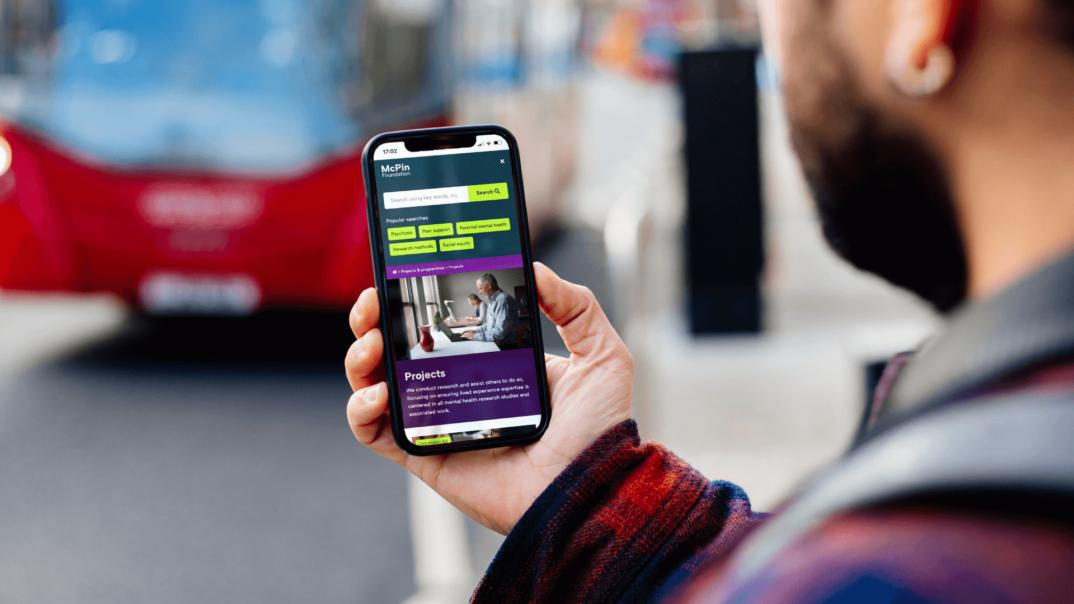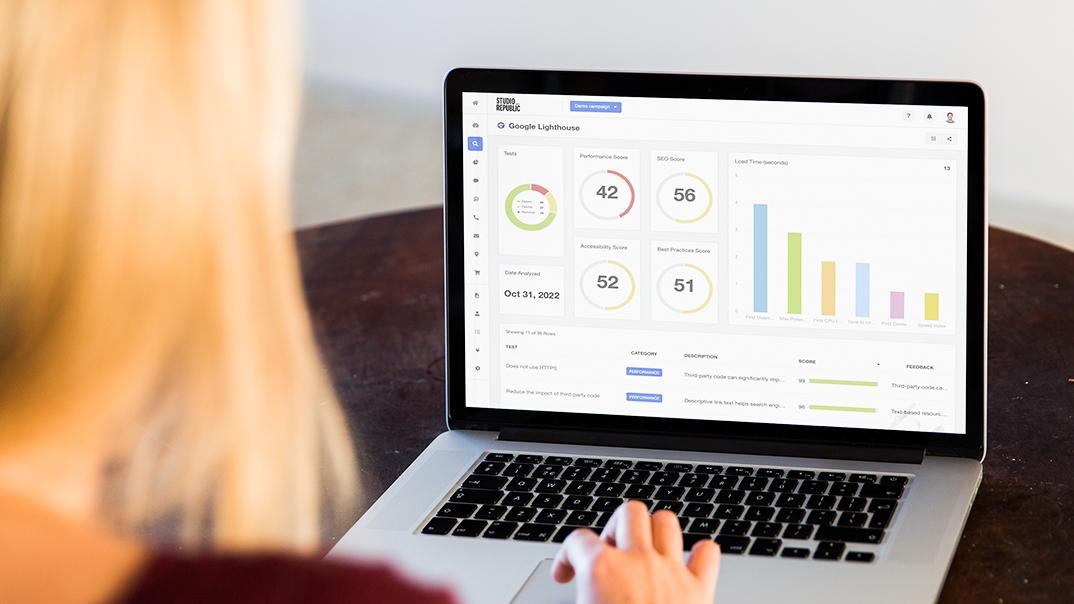Website performance: why is it important and how do we improve it?
Web development is constantly evolving in order to meet the ever-growing needs of users. In today’s fast-paced digital world, users expect websites and web applications to load quickly and be responsive to their actions. Online studies show that around 60% of people would abandon a website if it takes more than three seconds to load, showing just how little time you have to get it right.
One of the most important aspects of building a successful website or a web application that will meet these expectations is performance. If a website has poor performance, it can lead to a negative user experience and ultimately result in lost business, customers or supporters.
So, what makes web performance great?

Efficient code
Code should be well-structured, clean, and optimised for performance. This can include using techniques such as minification and compression to reduce the size of files, as well as using techniques like only loading the necessary elements of a page as the user interacts with it.
Effective web design
How your website looks is crucial. This means designing pages with minimal elements, using clean and simple layouts, using appropriate image sizes, reducing the use of heavy elements like videos and large images, and taking a mobile-first design approach. When properly woven together, it works to deliver a seamless experience.
Responsive images
These are images that are optimised for different device sizes, so they can be served at the appropriate resolution and size for each device. In web development, using responsive images is an important technique for improving website performance, particularly on mobile devices.
Lazy loading
This is a technique used in web development to improve website performance by deferring the loading of non-critical resources until they are needed. Instead of loading all images, videos, and other assets when a page is loaded, lazy loading only loads the content that is visible to the user, and then loads additional content as the user scrolls down the page.
Lazy loading has several benefits:
• Faster page load times: by presenting appropriately sized images and deferring the loading of non-critical resources until they are needed, lazy loading and responsive images can significantly reduce page load times, particularly on mobile devices with limited bandwidth and processing power. This is critical for hitting that three-second loading time.
• Improved user experience: by only loading content as it is needed and providing optimised images, lazy loading and responsive images can improve the user experience by reducing the amount of scrolling required to view content and reducing the amount of visual clutter on the page.
• Reduced server load: by reducing the amount of data that needs to be loaded on each page and deferring the loading of non-critical resources, lazy loading and responsive images can help to reduce the load on the server, leading to faster and more reliable website performance.
• Improved search engine optimisation (SEO): search engines take into account page load times when determining search rankings. By improving page load times through lazy loading and responsive images, web developers can improve the SEO of their websites.

Utilising Lighthouse
At Studio Republic, we use Lighthouse – an open-source performance tool developed by Google that can be used to audit and improve the performance, accessibility, and other aspects of web pages. It can be used as a browser extension, a command-line tool, or as part of the Google Chrome DevTools.
Using Lighthouse in web development can provide a range of benefits for website performance, accessibility, and search engine optimisation. Lighthouse runs a series of tests on a web page and generates a report with a performance score and recommendations for improving the page’s performance.
Some of the benefits of using Lighthouse include:
• Identifying performance issues, such as slow page load times, large file sizes, and unnecessary scripts. By pinpointing these issues, developers can make improvements that can significantly improve page speed.Providing recommendations for optimising page performance, such as compressing images, reducing file sizes, and removing unnecessary scripts. This can result in a faster, more efficient website that provides a better user experience.
• Identifying accessibility issues, such as low colour contrast and missing alternative text for images. It also provides recommendations for improving accessibility which can result in a more inclusive website that caters to a wider range of users.
• Improving a website’s SEO by identifying opportunities for improvement, such as adding meta descriptions and improving page titles. Ultimately, using Lighthouse can help to create a website that is faster, more accessible, better optimised, providing an enhanced user experience and a competitive advantage in the market.

Final thoughts
Getting your website’s performance just right can make all the difference in helping you achieve your organisation’s objectives, win new supporters, and stand out from your competitors.
If you feel like you could benefit from enhancing your website’s performance, we’d love to help. Get in touch today to find out how we can work together: hello@studiorepublic.com

